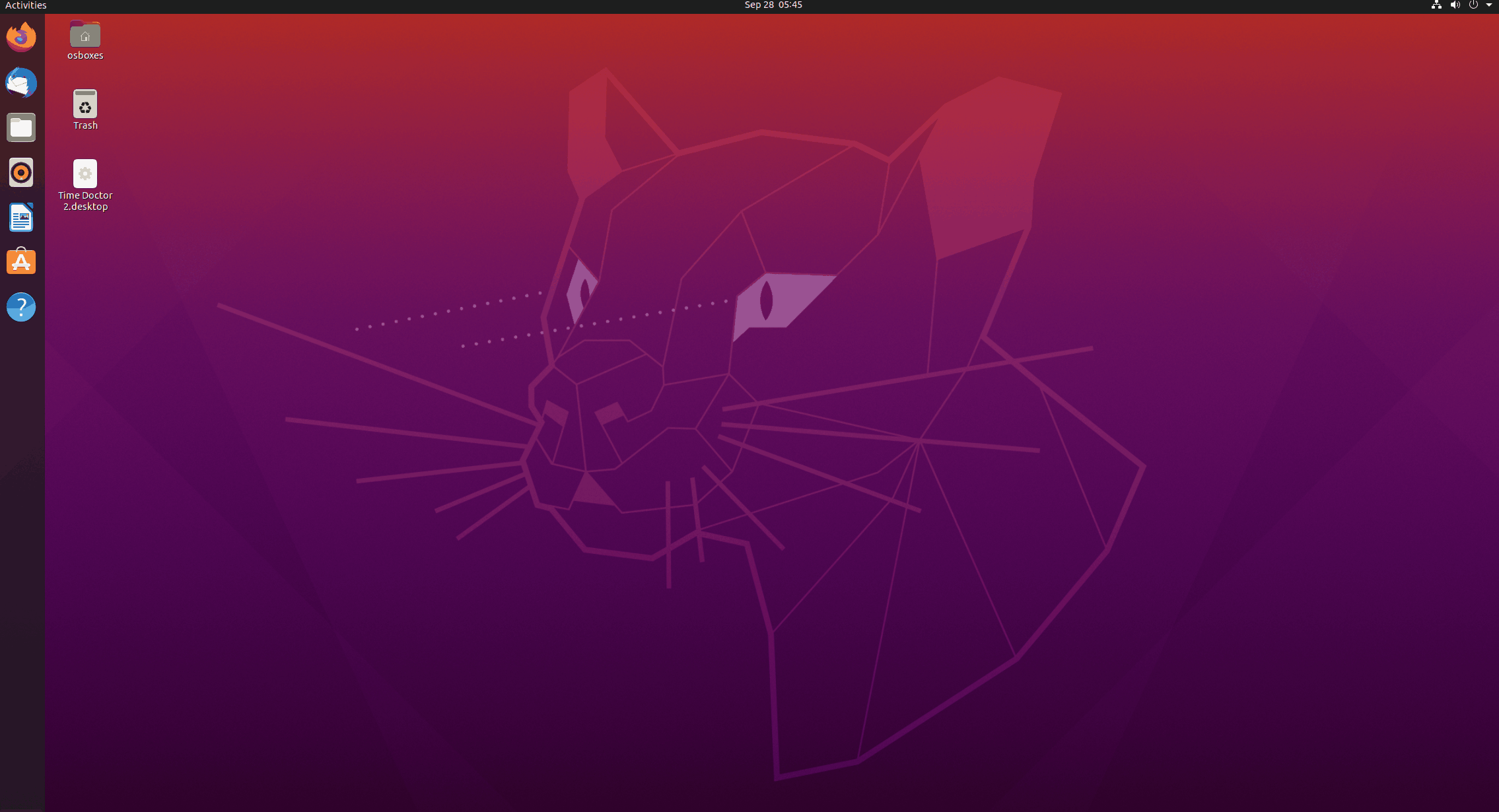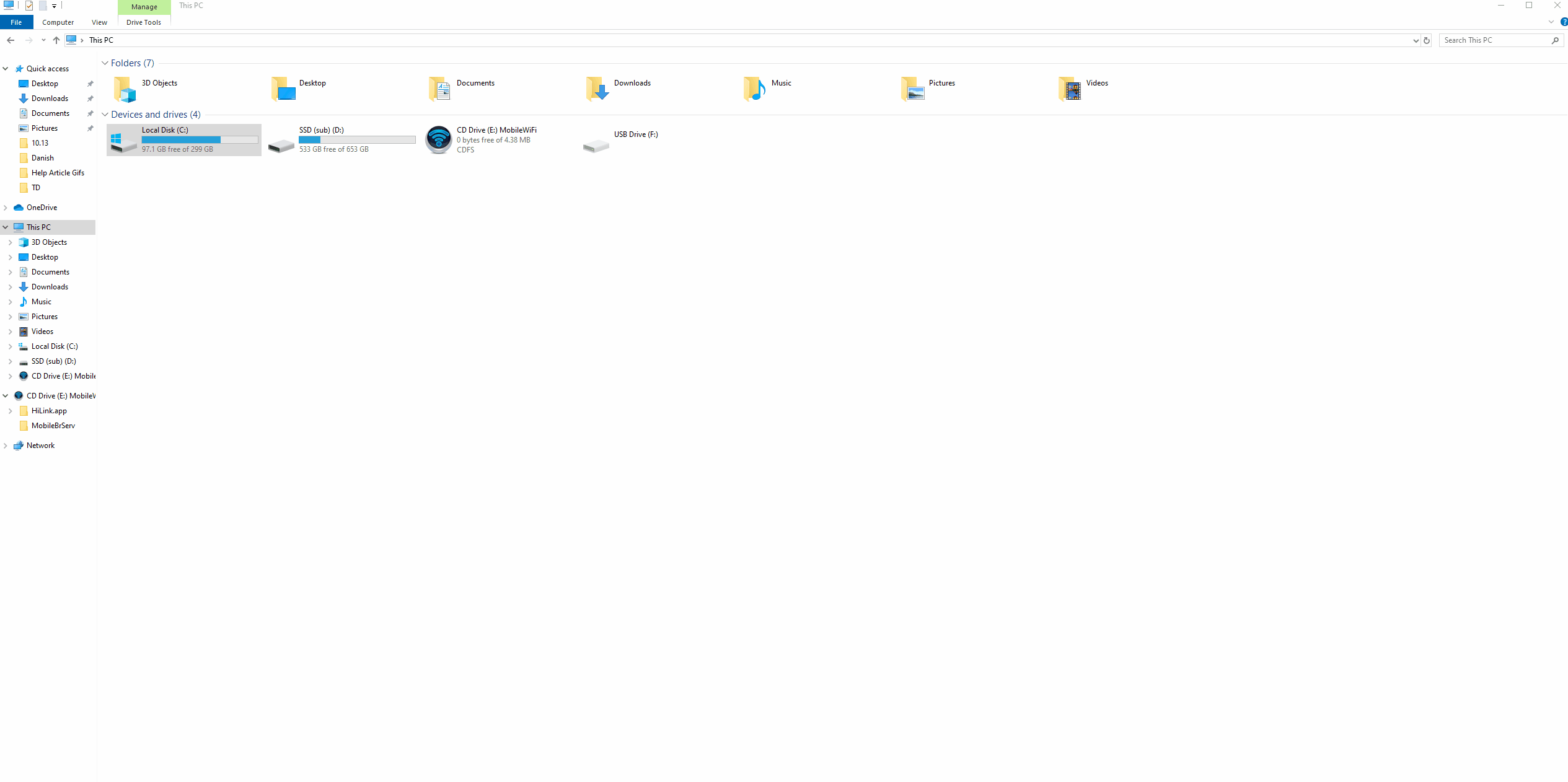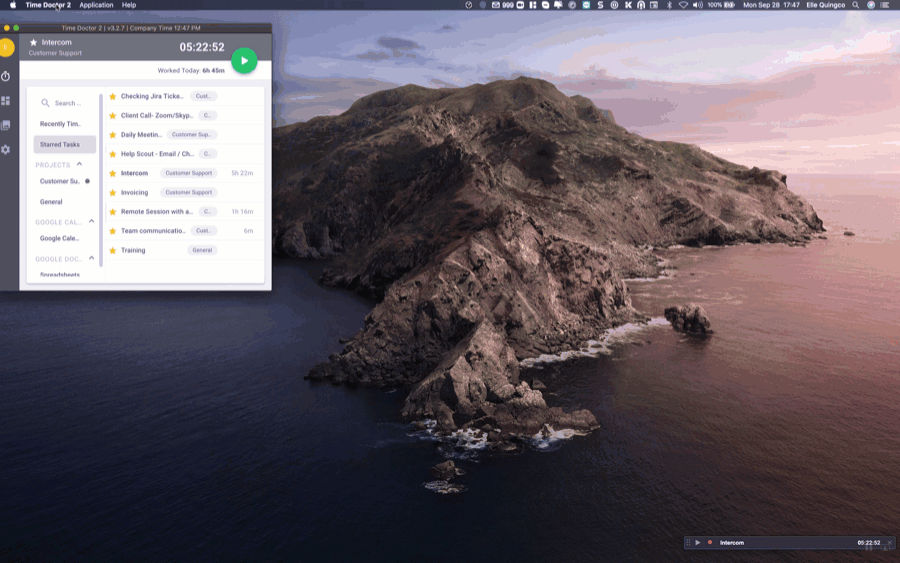How to Find Your Time Doctor Cache Files
Note: Getting the cache file is available with all Time Doctor Subscription Plans. This can be accessed by all Time Doctor User Access Roles.
TL;DR:
- From the app: Go to Help > Report an issue, confirm, and wait for upload.
- From file directories: Locate and zip TD or SF folders (depending on app type) on Windows, Mac, or Linux, then upload or delete as instructed.
Cache files help Time Doctor Support investigate issues within the application. If Support requests cache files, follow these steps to locate and send them.
Windows
From the Interactive Desktop App
- Go to Help > Report an issue.
- Select Yes when prompted.
- Wait for the app to restart and finish uploading the cache file.
The cache file uploads automatically. Submit a ticket to provide additional details about the issue. Support retrieves the cache file submitted via the app.

From the Computer Directory
Note: Close the Time Doctor app completely before zipping or deleting the cache folder.
- Open My Computer and navigate to:
- C:\Users\[Username]\AppData\Local\TD (Interactive App)
- C:\Users\[Username]\AppData\Local\SF (Automatic App)
- Replace [Username] with the Windows login name.
- If the AppData folder is hidden:
- Windows 7: Select Organize > Folder and search options.
- Windows 8/8.1/10: Select View > Options > View tab, then enable Show hidden files, folders, and drives.
Note: Zip the folder to reduce its size. For files larger than 25–30 MB, upload them to Google Drive or Dropbox. To zip: Right-click the TD folder > Send to > Compressed (zipped) folder.
To delete cache files, follow the same steps and delete the folder.macOs
- Open Finder > Go > Go to Folder.
- Paste:
- ~/Library/Application Support/TD (Interactive App)
- ~/Library/Application Support/SF (Automatic App)
Note: Zip the folder to reduce its size. For files larger than 25–30 MB, upload them to Google Drive or Dropbox. To zip: Right-click the TD folder > Send to > Compressed (zipped) folder.
To delete cache files, follow the same steps and delete the folder.
Linux
- Open Home or Terminal and navigate to:
- ~/.local/share/TD (Interactive App)
- ~/.local/share/SF (Automatic App)

Notes:
- ~ refers to the home directory in Bash shells. Use $HOME as an alternative.
- If the .local folder is hidden, press CTRL+H to show hidden folders.
Zip the folder to reduce its size. For files larger than 25–30 MB, use Google Drive or Dropbox. To zip: Right-click the TD folder > Compress...
To delete cache files, follow the same steps and delete the folder.
For the browser app, please follow the instructions given in this article.


